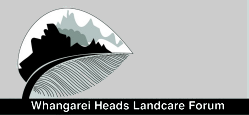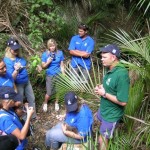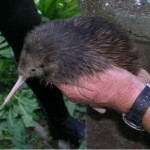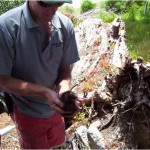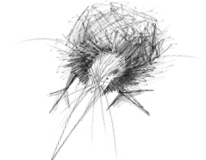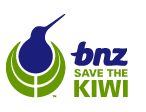 BNZ Save the Kiwi Operation Nest Egg
BNZ Save the Kiwi Operation Nest Egg
Over the last 10 years or so the Department of Conservation with support from BNZ Save the Kiwi Trust have developed a technique called Operation Nest Egg or “ONE”. This process involves monitoring breeding male kiwi with radio transmitters (see tx info) to find out where and when they nest. The males are monitored because it is the kiwi dads that incubate the eggs after the mum has made a big effort to lay the eggs, usually 2!
ONE involves collecting the eggs from the nest and artificially incubating them at a facility like the Whangarei Native Bird Recovery Centre or the Auckland Zoo. After hatching the kiwi chicks are then transferred to a predator free kiwi crèche such as Limestone Island in the Whangarei harbour. The chicks are left on island for 6 months or more to allow them to get a size that they can fight of a stoat (1000g) before being transferred back to the mainland and released.
Operation Nest Chick
Operation Nest Chick or “ONC” is a simplified version of ONE that cuts out the artificial incubation step and is the method that the WHLF uses to supplement our wild kiwi population at the Whangarei Heads.
We monitor adult male kiwi at Purua. Purua has a high density of kiwi as DoC have carried out a long term predator trapping programme there and the local farmers have maintained an area of good dog control.
The kiwi have “chick timer” transmitters on that tell us when they are nesting and then when the egg hatches. Kiwi chicks become independent very shortly after hatching so we simply collect the chick from the nest – dad is pretty keen to see the chick go after spending 80 days hatching it.
A transponder with a unique identity code is inserted into the chick – it’s about the size of a grain of rice and doesn’t worry them – so we know which kiwi is which. A short boat trip to Limestone Island is arranged with the FOMLI ranger and the chick is released on the stoat free island.
The chicks grow from around 300g to 1200g in six months or so on the island and they are ready to come back to the mainland. We recapture the kiwi using James Fraser’s specially trained (and muzzled) kiwi dog – Percy.
WHLF then releases these young kiwi into the Whangarei Heads area. The releases are a great opportunity for locals to see kiwi up close in a controlled situation before releasing them into their backyard.

